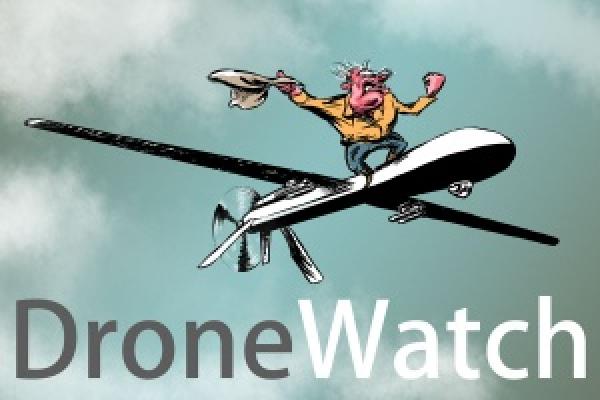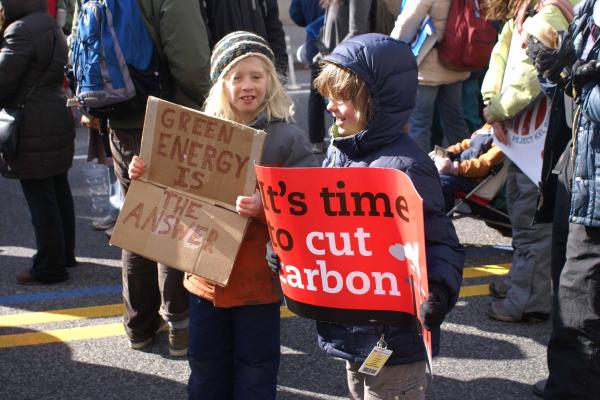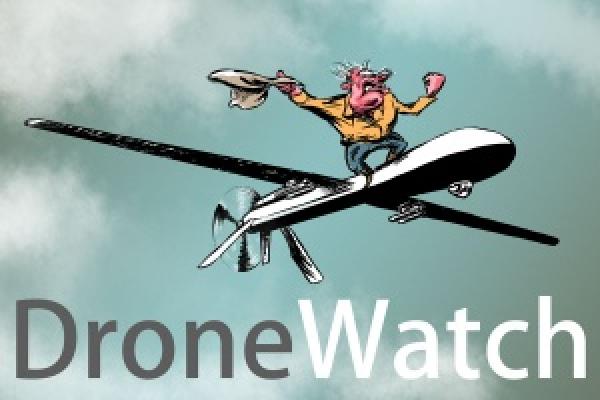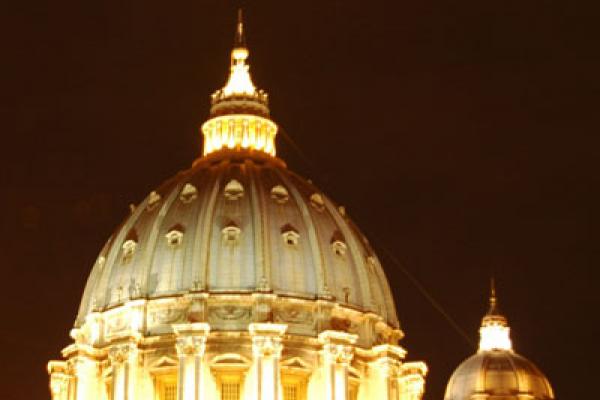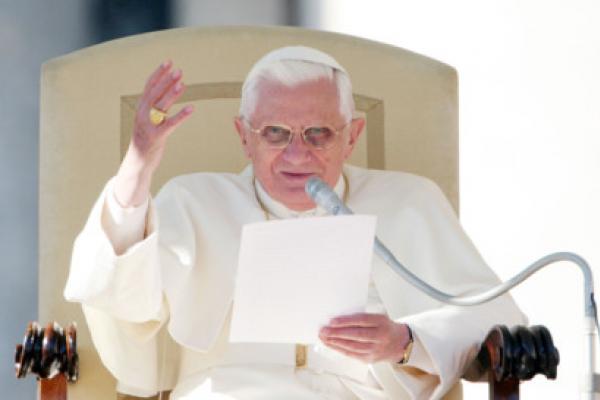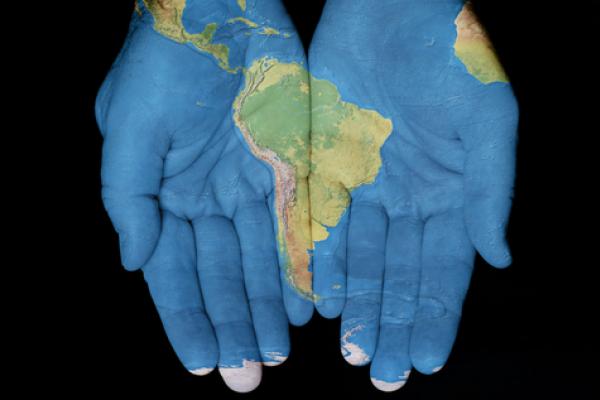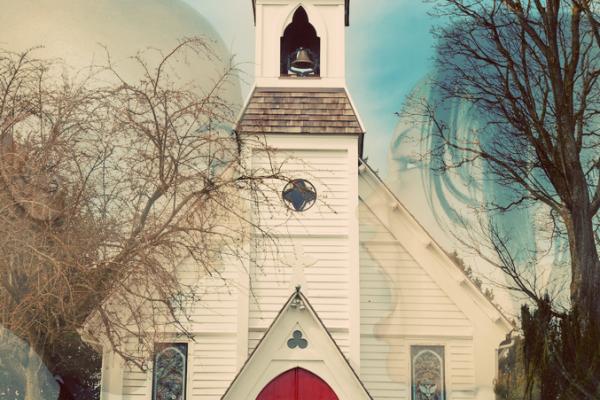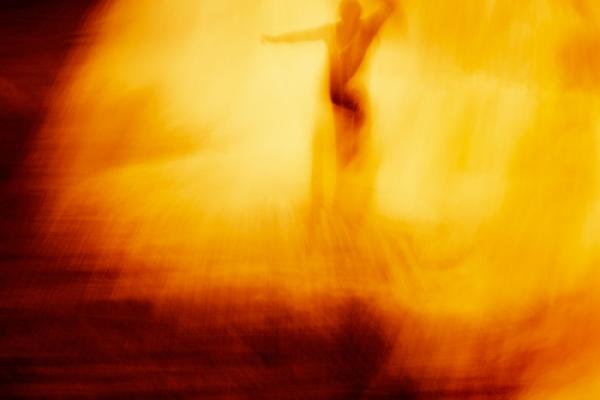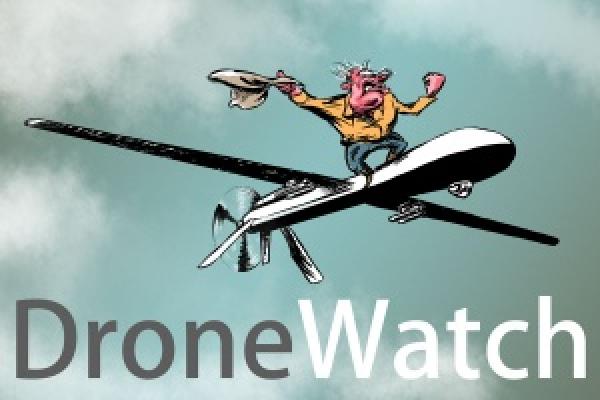Dennis Sadowski at Catholic News Service has a good summary of the moral and ethical concerns about drone warfare from a workshop at the annual Catholic Social Ministry Gathering. One participant, Charles Camosy, assistant professor of Christian ethics at Fordham University, suggested that it should be viewed as a pro-life issue:
"It involves violence and violent killing. It involves the killing of the innocent in a way that doesn't follow the church's teaching. It's an exercise of raw violent power in a way that I think should get pro-lifers really, really upset," Camosy explained to CNS.
“Marie Dennis, co-president of Pax Christi International, suggested that drones have led to 'a battlefield without borders.' "We have a global battlefield, which completely undercuts any possibility of talking about just war. There are no boundaries on this thing," she said.”
As the drone debate continues, it should go deeper into these concerns rather than only discussing legalities.
This past Sunday an estimated 35,000 people gathered in Washington, D.C., to push for legislative action in response to climate change. In addition to speaking out against the proposed Keystone XL pipeline, the “Forward on Climate” rally organizers urged President Barack Obama to limit U.S. greenhouse gas emissions and transition to larger levels of renewable energy. In addition to the mass assembly near the White House, environmental groups held similar rallies in cities across the nation, including a significant turnout in Los Angeles. All together, some have described the events of the past weekend as the largest collection of climate change rallies in U.S. history.
The president has recently emerged as a potentially strong ally in the struggle against climate change, for his inaugural address included a renewed commitment to environmental leadership, as he stated: "We will respond to the threat of climate change knowing that the failure to do so would betray our children and future generations.”
President Obama also addressed ecological concerns during his State of the Union speech, as he said: “We can choose to believe that Superstorm Sandy, and the most severe drought in decades, and the worst wildfires some states have ever seen were all just a freak coincidence. Or we can choose to believe in the overwhelming judgment of science – and act before it's too late." While conversation surrounding climate change was notably absent during his recent re-election campaign, the president appears to be making environmental concerns a top priority for his second term of office.
While President Obama seems to be a more visible environmental advocate, many are doubtful of his sincerity and question whether such statements are motivated by political calculation rather than genuine policy priorities. For example, in what can be described as a thought-provoking twist of irony, while thousands marched past the White House to move the president “Forward on Climate,” he was out golfing, which just so happens to be a sport that many environmentalists perceive as an ecological tragedy.
While we have been focusing on drones as weapons of war – killing by drone – controversy over the domestic use of drones is also growing. Police forces across the U.S. have become enamored by surveillance drones that can be used in law enforcement. But that has led to a rise in local governments beginning to strictly regulate their use or banning them. The New York Times reports on these efforts:
“To me, it’s Big Brother in the sky,” said Dave Norris, a city councilman in Charlottesville, Va., which this month became the first city in the country to restrict the use of drones. “I don’t mean to sound conspiratorial about it, but these drones are coming, and we need to put some safeguards in place so they are not abused.” … Last week, the Seattle Police Department agreed to return its two still-unused drones to the manufacturer after Mayor Michael McGinn answered public protests by banning their use.”
Some states have adopted moratoriums on drones pending further study, others are considering proposals that would require search warrants for their use. It is heartening that the objections are coming before drones are flying over all of us, rather than attempting to stop them when it is already too late.
VATICAN CITY — As of 8 p.m. on Feb. 28, Pope Benedict XVI will no longer be pope and the Vatican will go into “sede vacante” mode — a Latin expression that means that the seat of St. Peter is vacant.
So who’s in charge until a new pope is chosen? The “interregnum” between two popes is governed by ancient rituals and by institutions half forgotten even within the Vatican.
But it is also the only time that the Catholic Church comes close to vaguely resembling a democracy, with the College of Cardinals acting somewhat like a Parliament with limited powers as it prepares to choose the new pontiff in a closed-doors conclave.
When Cardinal Joseph Ratzinger was elected Pope Benedict XVI in 2005, the surprising choice cast a pall over the liberal wing of the flock and left conservatives giddy with the prospect of total victory. Ratzinger had for decades served as the Vatican’s guardian of orthodoxy, the man known as “God’s Rottweiler,” and his vocal fans were crowing about the glorious reign to come.
“He’ll correct the lackadaisical attitudes that have been able to creep into the lives of Catholics,” the Rev. M. Price Oswalt, an Oklahoma City priest who was in St. Peter’s Square that April day, told The New York Times. “He’s going to have a German mentality of leadership: either get on the train or get off the track. He will not put up with rebellious children.”
Now, however, with Benedict set to leave office eight years later in an unprecedented departure, many on the Catholic right are counting up the ways that Benedict failed them, and wondering how their favorite watchdog turned into a papal pussycat.
As the 117 Roman Catholic cardinals walk into the Sistine Chapel next month for the election of a new pope, one hopes that they fully recognize the unfolding, dramatic pilgrimage of world Christianity: The demographic center of Christian faith has moved decisively to the Global South.
Over the past century, this astonishing demographic shift is the most dramatic geographical change that has happened in 2,000 years of Christian history. Trends in the Catholic Church — comprising about 1 out of 2 Christians in the world — have generally followed this global pattern:
- In 1900, about 2 million of the world’s Catholic faithful lived in Africa; by 2010, this had grown to 177 million.
- 11 million Catholics were found in Asia in 1900; by 2010 there were 137 million Asian Catholics.
- Through colonial expansion, 59 million Catholics populated Latin America and the Caribbean in 1900; but by 2010, that number had grown to 483 million.
- In 1900, two-thirds of the world’s Catholic believers were in Europe and North America; today, two-thirds are in Latin America, Africa, and Asia.
When disgruntled congregations have left hierarchical denominations such as the Episcopal Church, they’ve often lost property battles as civil courts ruled buildings and land are not theirs to keep.
But outcomes could be different this year, court watchers say, as high-profile cases involving dozens of Episcopal congregations in South Carolina and Texas wind their way through state courts. That prospect has observers watching for insights that could shape legal strategies in other states and denominations.
Both cases involve conservative dioceses that voted to leave the Episcopal Church over homosexuality, among other issues. In South Carolina, congregations representing about 22,000 people are suing the Episcopal Church for control of real estate worth some $500 million and rights to the diocese’s identity. In Texas, the national Episcopal Church is suing about 60 breakaway congregations in the Fort Worth area for properties estimated to be worth more than $100 million.
Just as the winter months tend to bring a mellower, melancholic feel to life, so too can music. And some of this month’s more obscure releases do just that. If you’re looking for an album to check out on a dreary winter morning, look no further.
That’s not to say at all that they’re bad releases. One can quickly point to the likes of Bon Iver or Radiohead as figureheads of melancholy. They’re just different from the bubbly pop one might hear a lot on the radio.
I awoke in the middle of the night last evening and walked the house in the dark. Kenneth and Caitlin were still stirring, as the older children sometimes do on the weekend. As I climbed the stairs back to our room I felt a wave of gratitude.
Here we are all under one roof for who knows how much longer, yet such a privilege to still be together even as four of seven attend college and work hard and make us proud as they figure out what's next.
I got back into bed and Debbie put her arm around me in her sleep. I said "I love you," and she whispered, half-asleep "I love you, too," and for that moment all was well, and I had a sense that all would be well in the future, come what may.
As I lay there in the stillness, an encounter from five years ago came back to me in vivid color. I had just preached the funeral of a man taken unexpectedly following a routine surgery. I was at the wake afterward and sat next to an unassuming man in his mid-50s whose suit was impeccable and whose polite manners suggested a quiet grace and a bearing of humility in his obvious accomplishments, but also a bit of world-weariness.
The U.S. killing by drones in countries other than war zones is run by the CIA. This leads to the secrecy of the program, one of its controversial aspects. Now, according to Ken Dilanian in the Los Angeles Times, it may change.
“Facing growing pressure to lift the veil of secrecy around targeted killings overseas, the Obama administration is considering shifting more of the CIA's covert drone program to the Pentagon, which operates under legal guidelines that could allow for more public disclosure in some cases. John Brennan, whom President Obama has nominated to run the CIA, favors moving the bulk of drone killing operations to the military, current and former U.S. officials say.”
Some think this would result in less secrecy, as the Pentagon has already acknowledged its use of drones. Others think it would prove more difficult in causing problems for nations that secretly host U.S. drone bases. Whatever the perceived problems may be, if a change leads to a more open and accountable program, it’s a good thing.
